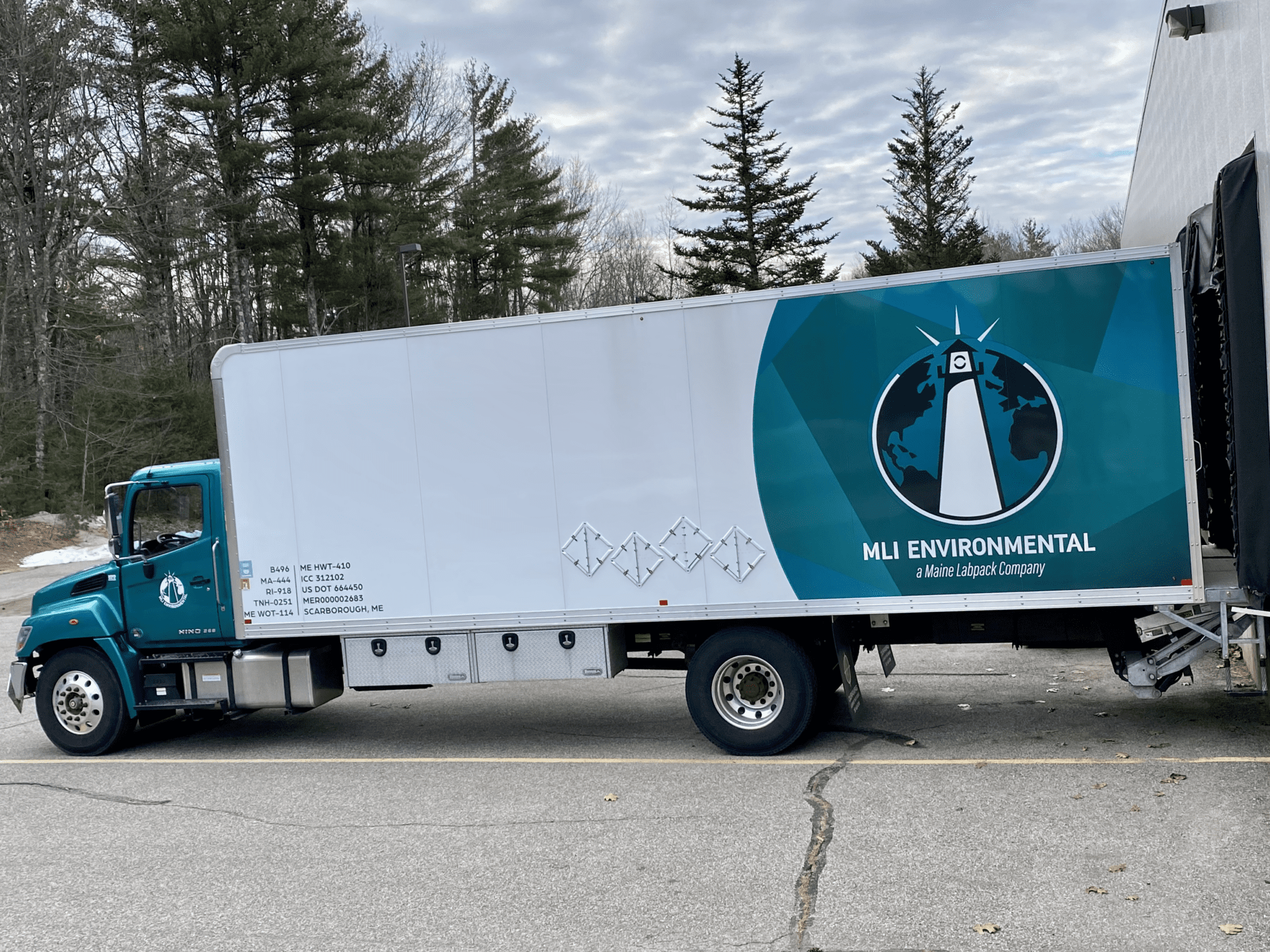
Hazardous materials can be dangerous if not handled with extreme care. Caution should go two-fold for shipping these materials, whether shipped by air, ground, or sea. There are various requirements that need to be met for transit, and not fulfilling compliance can be very costly, which is why it’s crucial for companies that ship hazardous materials to follow regulations carefully. Below, we explain how to ship hazardous materials safely and so that you are in compliance.
1. Assess Your Materials
First and foremost, review and assess the hazardous materials you are planning to ship. Getting organized and creating a list of your materials will help you ensure nothing slips through the cracks.
2. Closely Review Regulations
Determine any regulations that need to be followed, whether you are shipping locally, nationally, or internationally. This will include any special packaging or shipping requirements.
3. Create a Comprehensive Plan
Come up with a detailed shipping plan that includes extensive employee training, maintaining and reviewing Safety Data Sheets (SDS), determining packing labels and packaging, and so forth. If you are planning to work with a certified hazardous materials shipping company, which is always recommended, they can help you work out the details of your shipping plan.
4. Make Sure Employees Are Properly Trained
The safe and successful transport of hazardous materials always begins with proper training. Any company that is planning to ship hazardous materials are responsible for ensuring their employees are properly trained, even if there is low engagement with the materials. A “hazmat employee” is considered to be those who perform any of the following jobs:
- Handles or prepares dangerous goods for shipping
- Operates vehicles that transport hazardous materials
- Any involvement in the design, inspection, manufacturing, fabrication, or testing of components that are involved in transporting dangerous goods or hazardous materials
5. Prepare Safety Data Sheets
Safety Data Sheets (SDS) help to provide a clear outline of the components of hazardous materials so they can be properly classified and communicated to those who will be handling them. These can include details such as material name, hazard class, identification number, and so on. Thoroughly preparing an up-to-date SDS will allow you to move forward more quickly in preparing your shipment (and help ensure that no detail is forgotten).
6. Determine and Create Labels and Packaging
The first part of this step is determining the mode of transportation, whether it be via ground, air, sea, or rail – this heavily determines the packaging and labels necessary to stay within regulations. Package selection will include details such as cushioning, closure, reinforcements, how many items per package, and the like.
You’ll want to know your dangerous goods package is tested and certified to ensure it’s approved and fit for transport, with the proper packing details, labels, and markings.
7. Choose a Shipping Carrier (and Declare Your Materials)
Decide on a shipping carrier that will best accommodate your hazardous material. Because many dangerous goods cannot be shipped with other products, or have severe limitations for the products they can be shipped with, it’s important to properly declare all your materials so your carrier can properly separate them.
8. Save Shipping Receipts and Records
Not only is it best practice to save any of your shipping documents, records, or receipts – it’s actually a requirement to hold onto these for a minimum of three years after a hazardous waste shipment.
Contact the Hazardous Shipping Experts at MLI Environmental
Our experienced team at MLI Environmental is certified in shipping hazardous materials and dangerous goods, both by ground and air, domestically and internationally. You can rest assured that we are always up to date on the latest regulations and training requirements. We take on the responsibility of preparing and packaging your dangerous goods to ship, as well as generating all of the required paperwork to ensure you are in compliance.
If you have any questions on how to ship hazardous materials or would like to request a quote on our shipping services, please click here!
